Have you ever seen a cat in the night sky? There are cosmic cats visible in deep space, provided you know where to look.
During those early days of spaceflight, many animals were launched into space by humans experimenting with the possibility of eventually sending crewed missions into Earth orbit.
Animals in space are nothing new, but there are also many animal references within astronomy, such as the many nebulae that look like animals.
We all know the story of Félicette, the first cat in space, but there is also good number of cats that can be seen in the night sky, provided you know where to look.
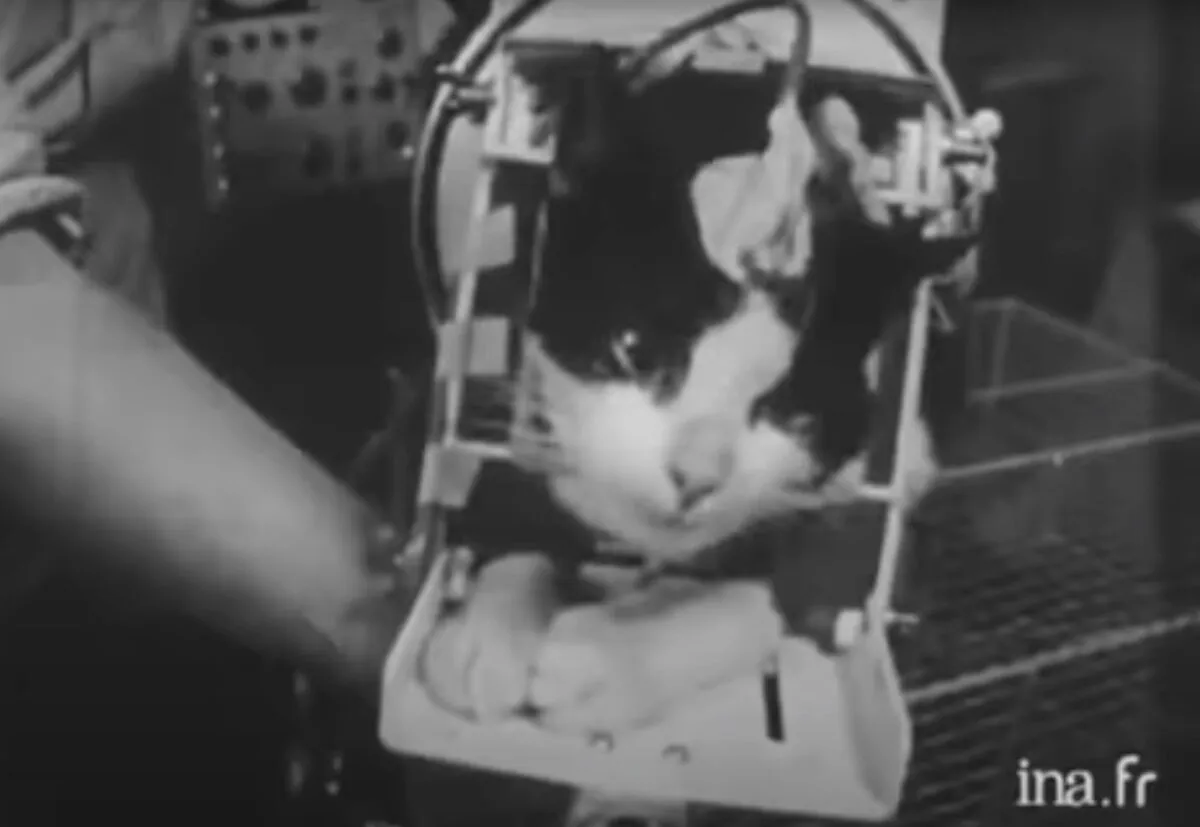
Humanity's relationship with the domesticated cat is a long one, as exemplified by the Egyptian Queen Cleopatra's known love of her feline friends.
Perhaps it's no surprise, then, that cats have featured heavily in humans' categorisation of the night sky, from ancient constellations to nebulae recently discovered during the age of space telescopes.
Here are some of the most famous examples of cats in the night sky.
7 cosmic cats you can see in the night sky
Leo
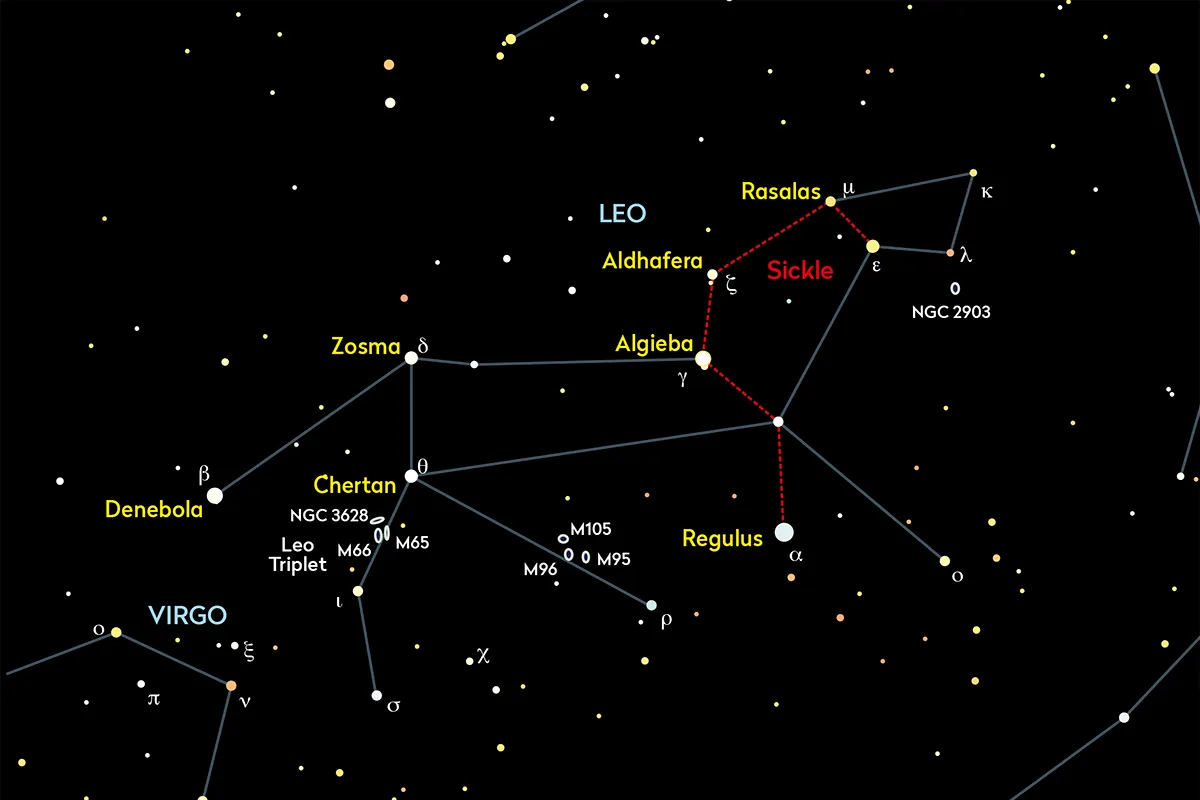
Perhaps the most famous of all cosmic cats is the constellation Leo.
This sprawling zodiacal constellation is best seen during springtime in the Northern Hemisphere.
Look for it from March throughout April and into May.
It contains the Sickle asterism and hundreds of galaxies, including the famous Leo Triplet.
Leo Minor
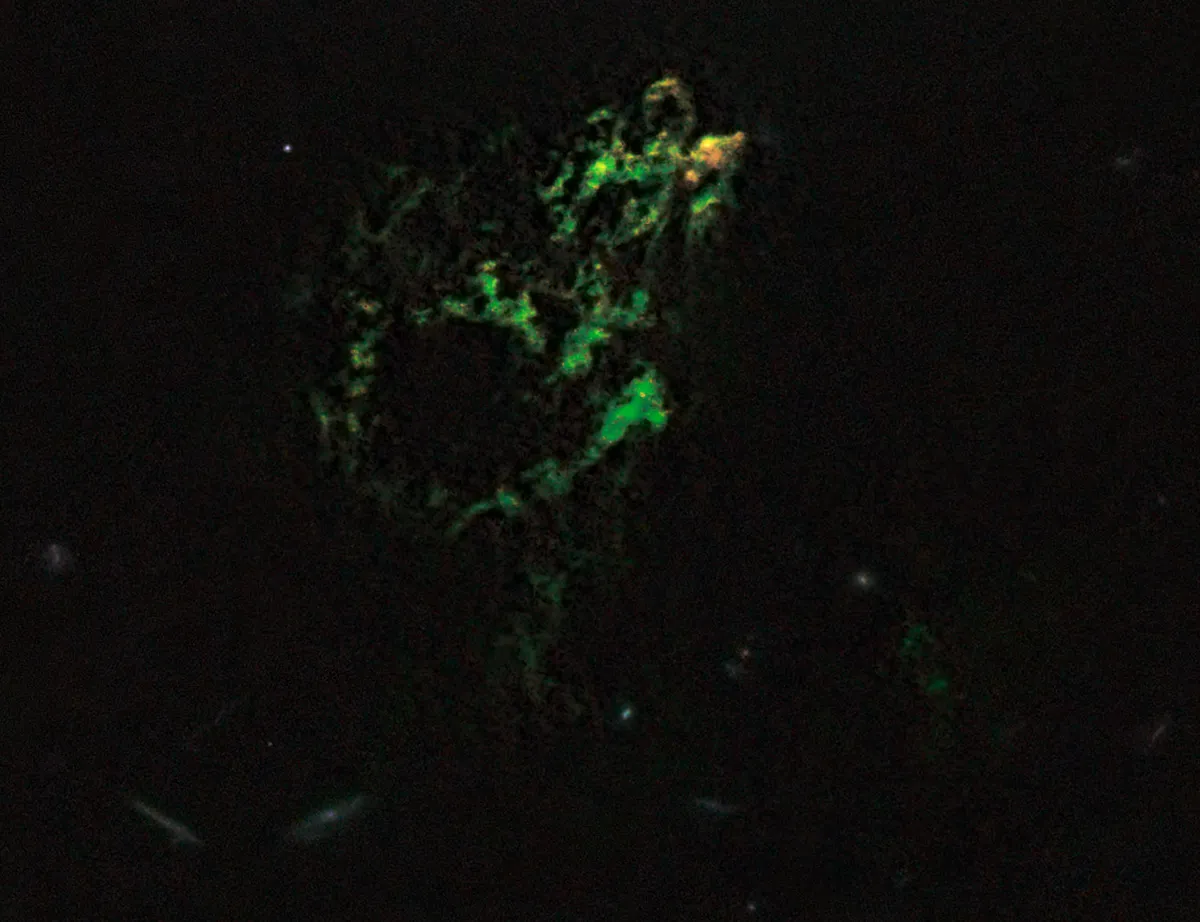
Prowling between Leo and Ursa Major, this small, faint, Messier-object-free constellation contains the famous deep-sky oddity Hanny’s Voorwerp.
This is a ‘quasar ionisation echo’ spotted in 2007 by citizen scientist Hanny van Arkel during the very first Galaxy Zoo project.
Cat's Paw Nebula
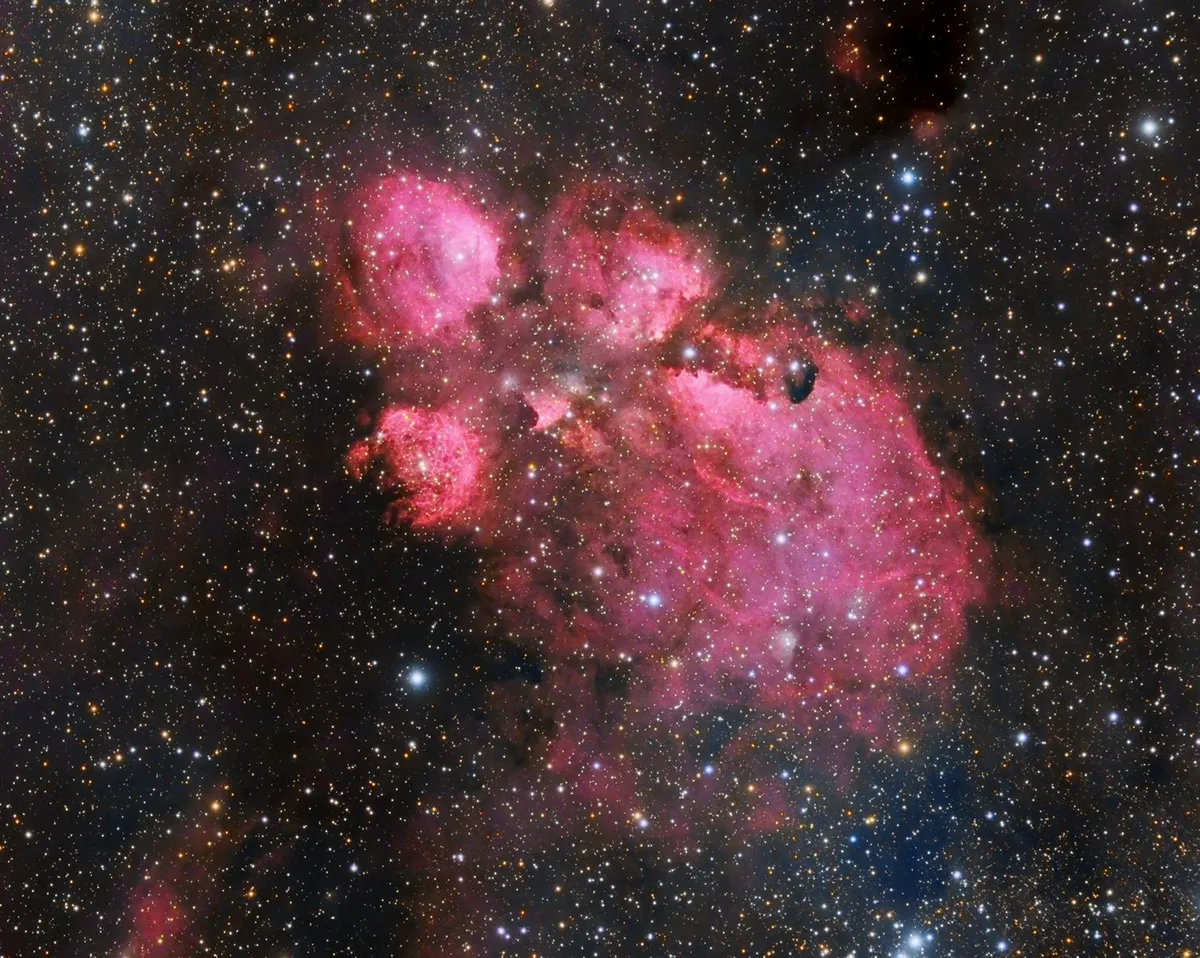
The Cat's Paw Nebula is a region of space known as a stellar nursery.
It's a cosmic cloud of gas and dust 5,500 lightyears away, containing the necessary ingredients for stars to be born.
Stellar birth occurs at a very high rate in the Cat's Paw Nebula, which is also known as NGC 6334.
The Cat's Paw is known as such because of its 3 well-defined sections, which make it look like a feline footprint among the stars.
It can be seen from Earth in the Scorpius constellation.
Lynx
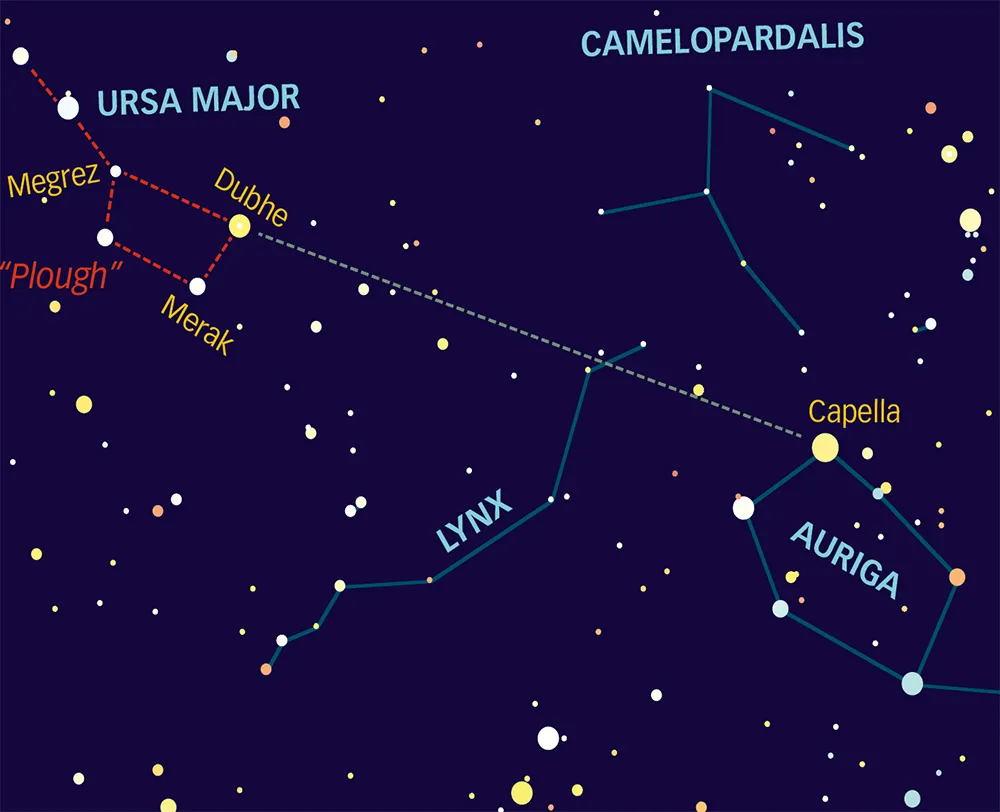
This starry zig-zag between Ursa Major and Auriga was introduced in the late 17th century by Johannes Hevelius, who thought it was so faint it took the eyesight of a lynx to see it.
Five of its stars are known to have exoplanets orbiting them.
Cat's Eye Nebula
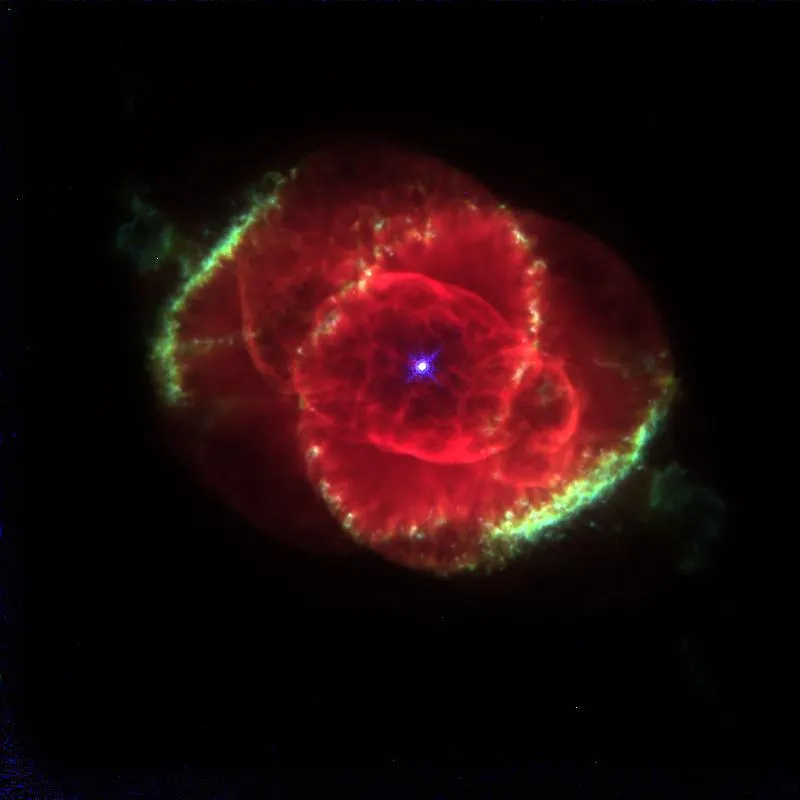
The Cat’s Eye Nebula is a type of object known as a planetary nebula.
Planetary nebulae aren't really anything to do with planets, but they have a puffed-out, rounded appearance like a planetary body.
These beautiful objects are produced when a dying star begins to shed its layers out into space.
The central 'eye' of the Cat's Eye Nebula is a dying Wolf Rayet star, while the rings of cosmic dust being shed by the star complete the picture.
Also known as NGC 6543, the Cat's Eye Nebula is 3,000 lightyears away and can be found in the constellation Draco.
Cheshire Cat Galaxies

This is a group of galaxies known as the Cheshire Cat Galaxies because together they appear to form the form of a smirking feline.
Light from this group of galaxies is being distorted from our perspective by a phenomenon known as gravitational lensing, which produces the cat-like features.
The term describes how light from distant galaxies is warped, distorted, bent and magnified by the gravity of foreground galaxies.
The theory was first proposed by Albert Einstein.
Accordingly, the swirling effect that forms the cat's smile in this example is known as an Einstein Ring.
Felis
We end our list with a cosmic cat that is no more.
Created by French astronomer and cat lover Jérôme Lalande in 1799, who felt it was wrong there were no domestic cats represented in the night sky, Felis purred between the constellations of Antlia and Hydra.
It was absorbed into its neighbours and no longer exists.
What are your favourite cosmic cats? Let us know by emailing contactus@skyatnightmagazine.com

